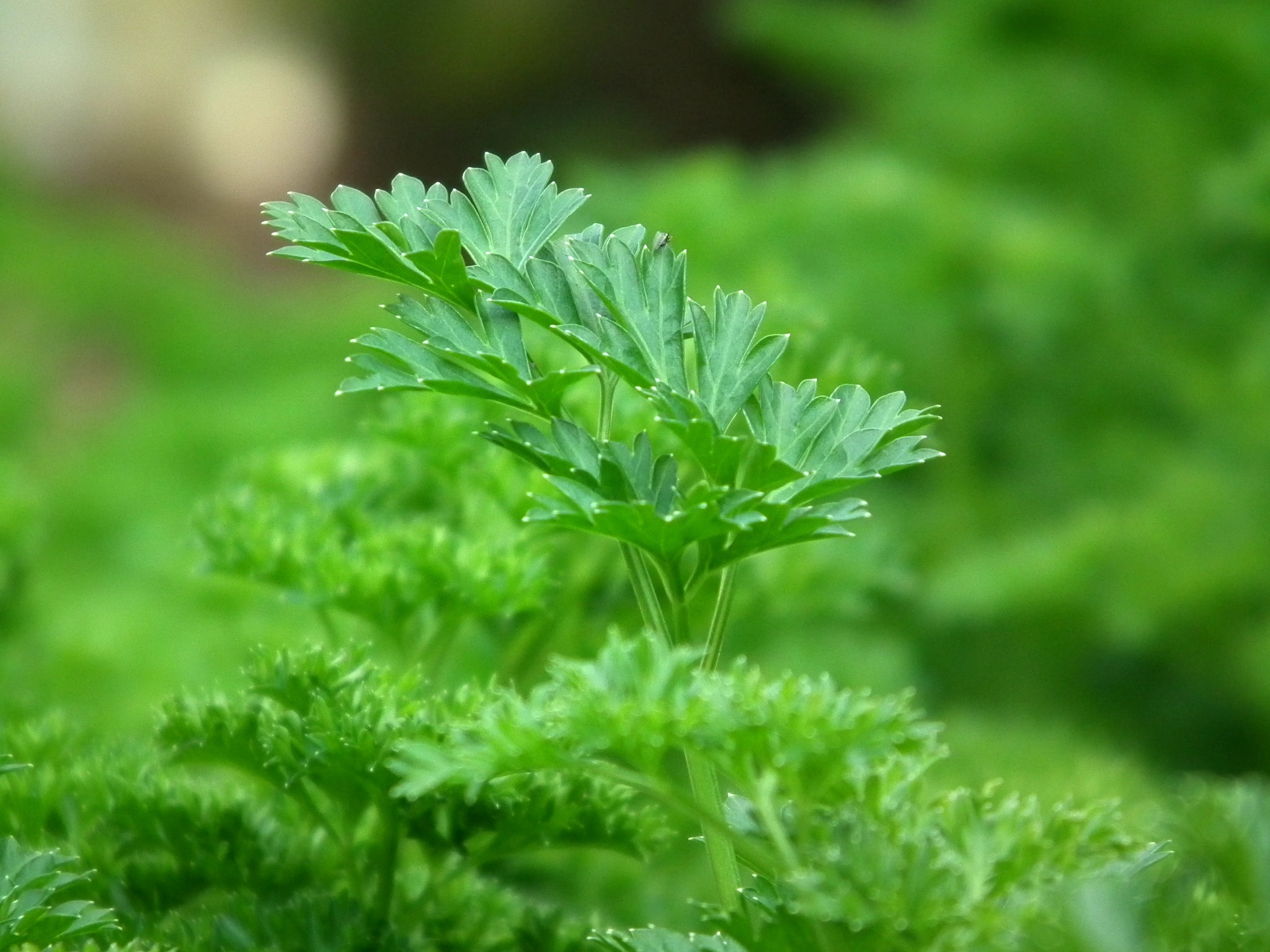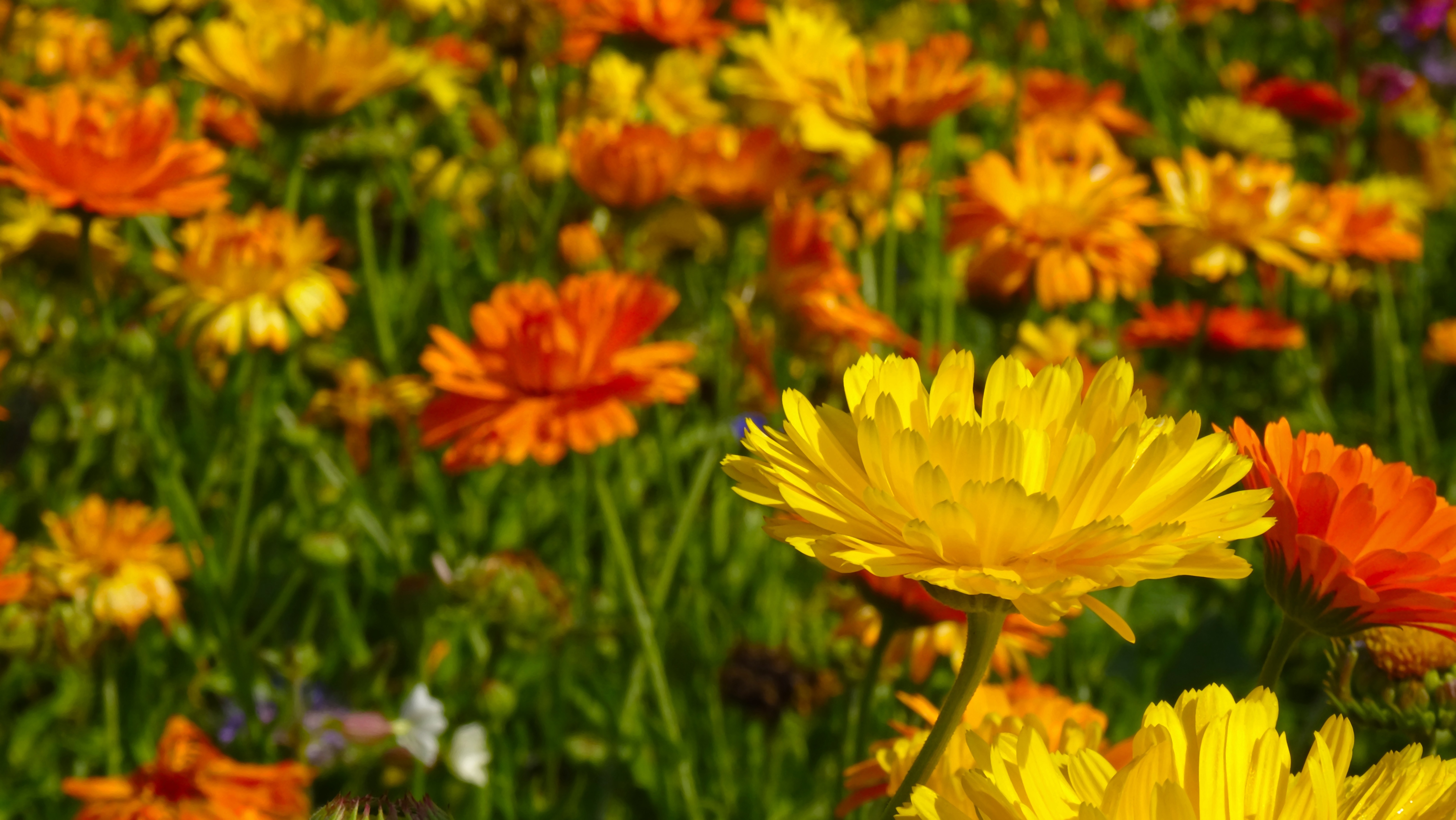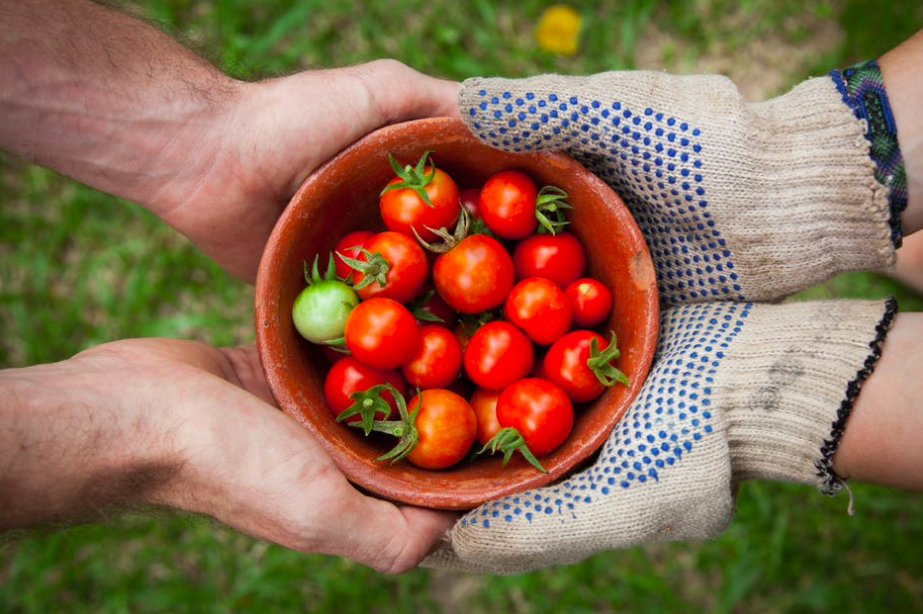- Posted By #Margareton March 17, 2017 in
Guide To Growing
It’s March, do you know where your garden is?
Now is the time to grab the gloves and dig in for the perfect spring garden in South Carolina. Planting too early in the season runs the risk of freeze, while waiting too long could reduce the yield and lifetime of your flowers, produce and herbs. As a coastal town, Charleston’s planting season is even earlier than the rest of the state. Plus, Charleston’s summer heat is right around the corner, and nobody wants to be working in their yards in 90 degree temperatures. Right now is the sweet spot: that ideal time to create a beautiful lowcountry garden!
Follow the Crescent Homes Guide To Growing and your lawn and garden will be the envy of the neighborhood:
Flowers
When preparing your spring flower garden in Charleston, prep soil deeply, at least 8-10 inches. As long as the soil is dry enough to crumble in your hand, it’s ready to be tilled. Dig a hole for each plant that’s twice as wide as it is deep. Once you’ve removed the plant from the pot, loosen the roots a bit to allow them to spread.
Now is the time to plant warm season flowers and perennials. Some of our favorites for a colorful lowcountry garden include zinnias, marigolds, cosmos, verbenas and cajun blue scaevola.
Vegetables
Get ready for delicious summer salads! When planning a vegetable garden in your Charleston yard, choose a sunny location where plants will receive at least 6 hours of direct sunlight. This could mean choosing pots or planters that can be moved around the lawn or patio. Choose high quality soil and enrich with compost. Be sure to space your plants out well so that they are not competing for nutrients, water and sunlight.
With a long harvest season in Charleston, you can extend your vegetable garden and increase your supply of fresh local produce by starting in March. Be wary when planting lettuce and radishes, as heat can cause these to flower and become bitter to taste. In Charleston, choose snap peas, bean poles, lima beans, cucumbers, collards, eggplant, peppers, sweet corn, summer squash, tomatoes and watermelon.
Fruits
Because Charleston has a near-tropic climate, there are many fruit trees and plants native to the area. Adding some fruit plants to your lowcountry lawn or garden is a fun, and often colorful, way to spice up your outdoor space. Be sure the soil you choose has good drainage as fruit plants do not like excess moisture. Sunlight is key, so pick a sunny spot where plants won’t be overshadowed- literally- by larger trees.
There are many wonderful local nurseries around the Charleston area, and buying your fruit plants locally ensures they are acclimated to the climate. We recommend starting out with blueberries, black cherries, chickasaw plums, figs, pawpaw and persimmon.

Herbs
Growing herbs in your Charleston garden is a wonderful way to add some local flavor to your yard (and cuisine!). When planting spring herbs, consider using containers so that you can control the water and move them around as needed. This is particularly helpful with temperamental herbs such as cilantro, cumin and french tarragon. Most herbs require semi-shade and can wilt in extreme heat. Some require a bit of pruning, so check them daily.
For our lowcountry climate, choose basil, cilantro, dill, parsley, thyme, tarragon, sage and chives.

The key to a spring garden in Charleston is careful planning, timing and care. But the rewards are endless. Enhance your outdoor space, bring some nature inside with porch planters, add local produce to your pantry. Or simply enjoy the act of gardening, enjoying our incredible South Carolina weather!




